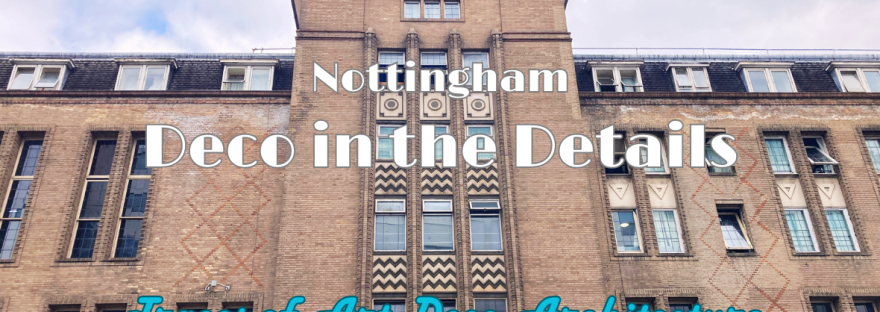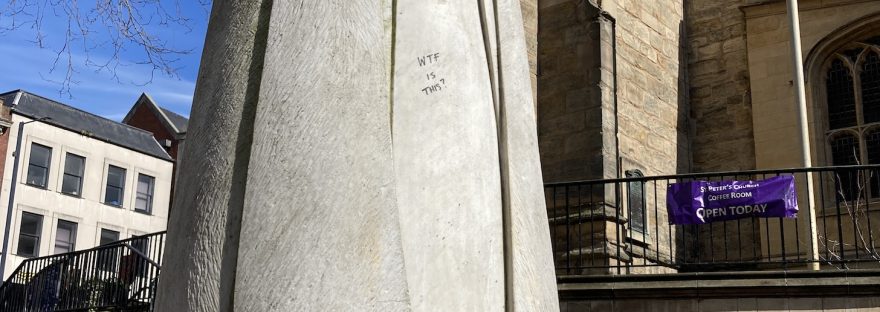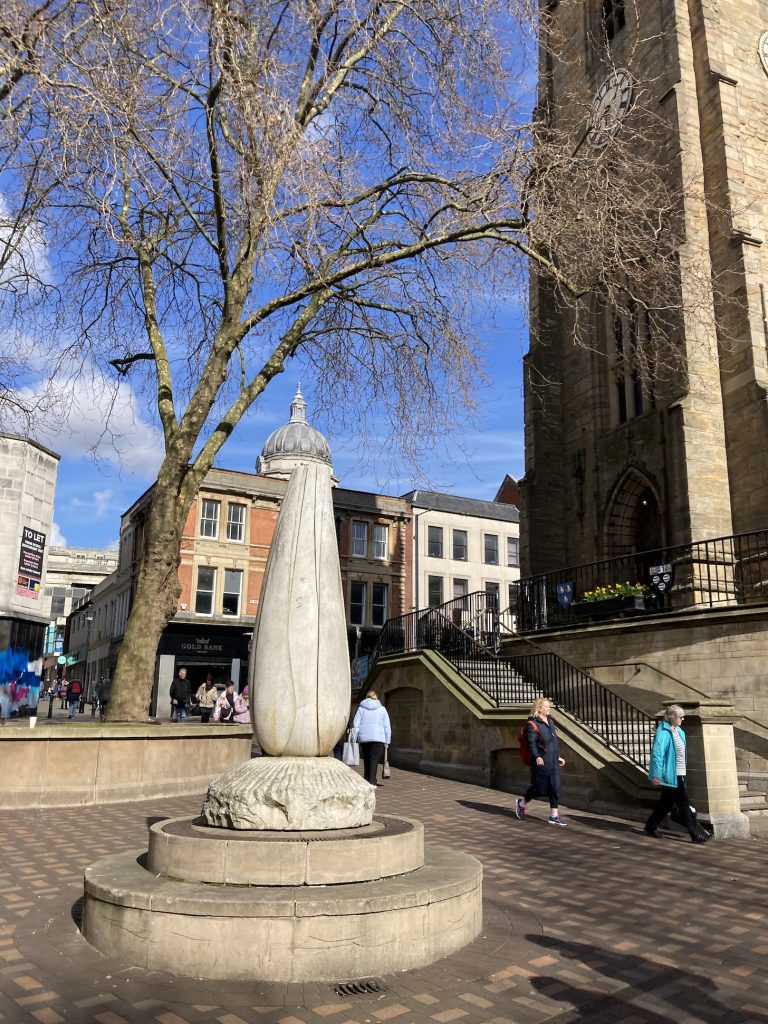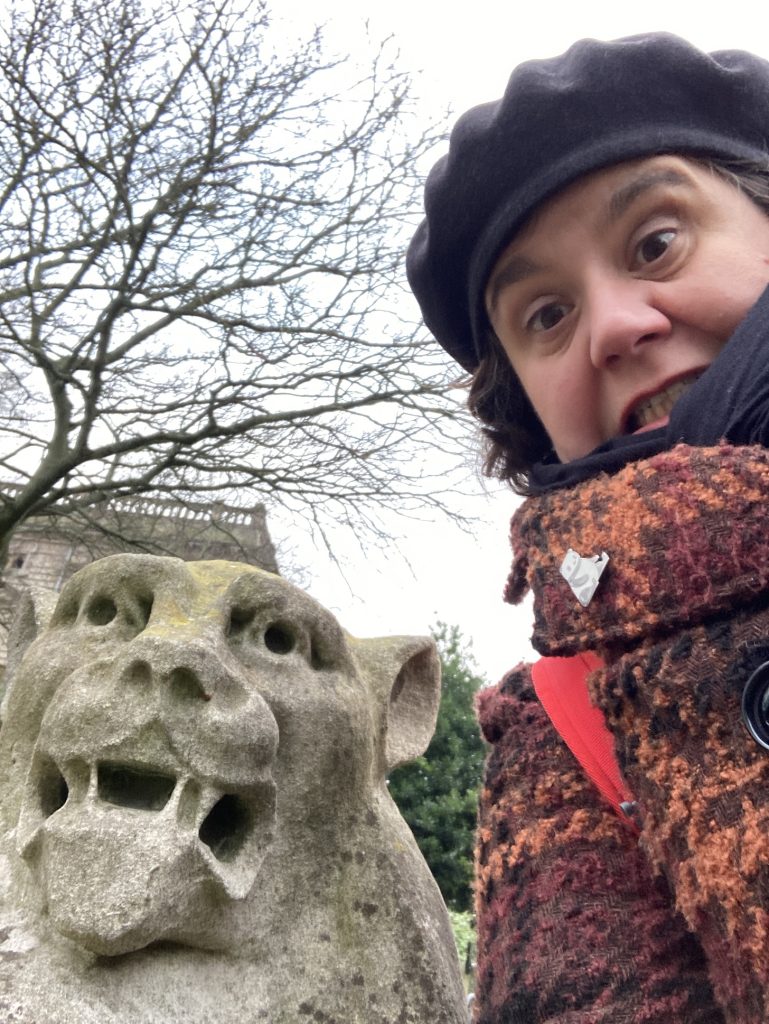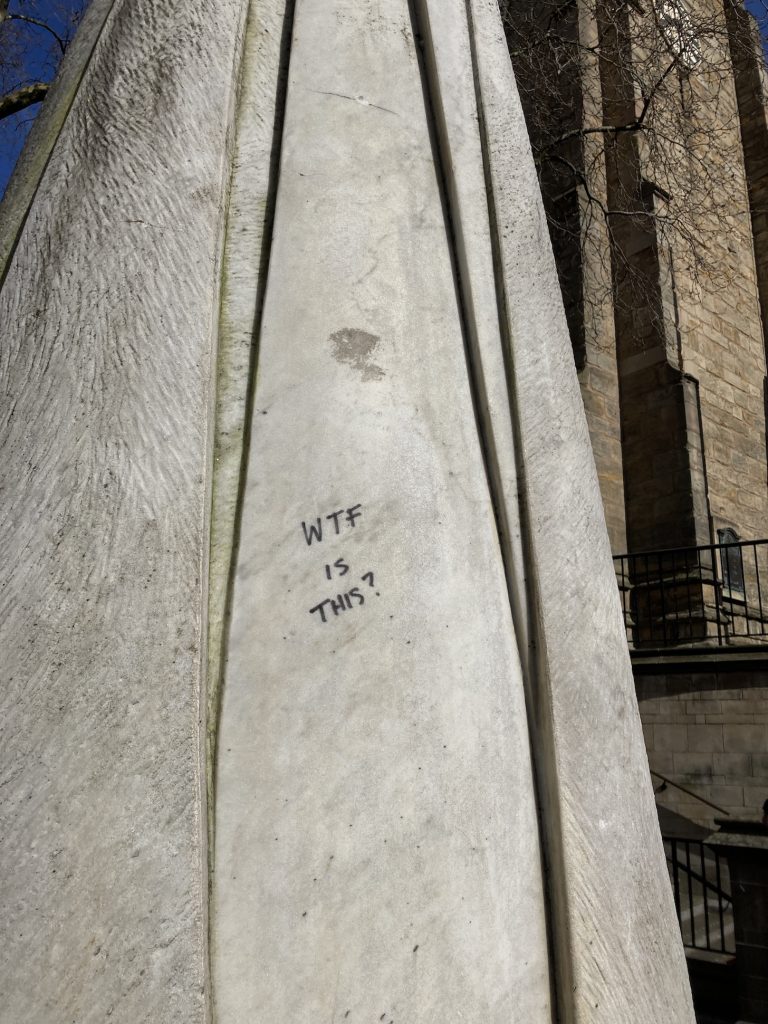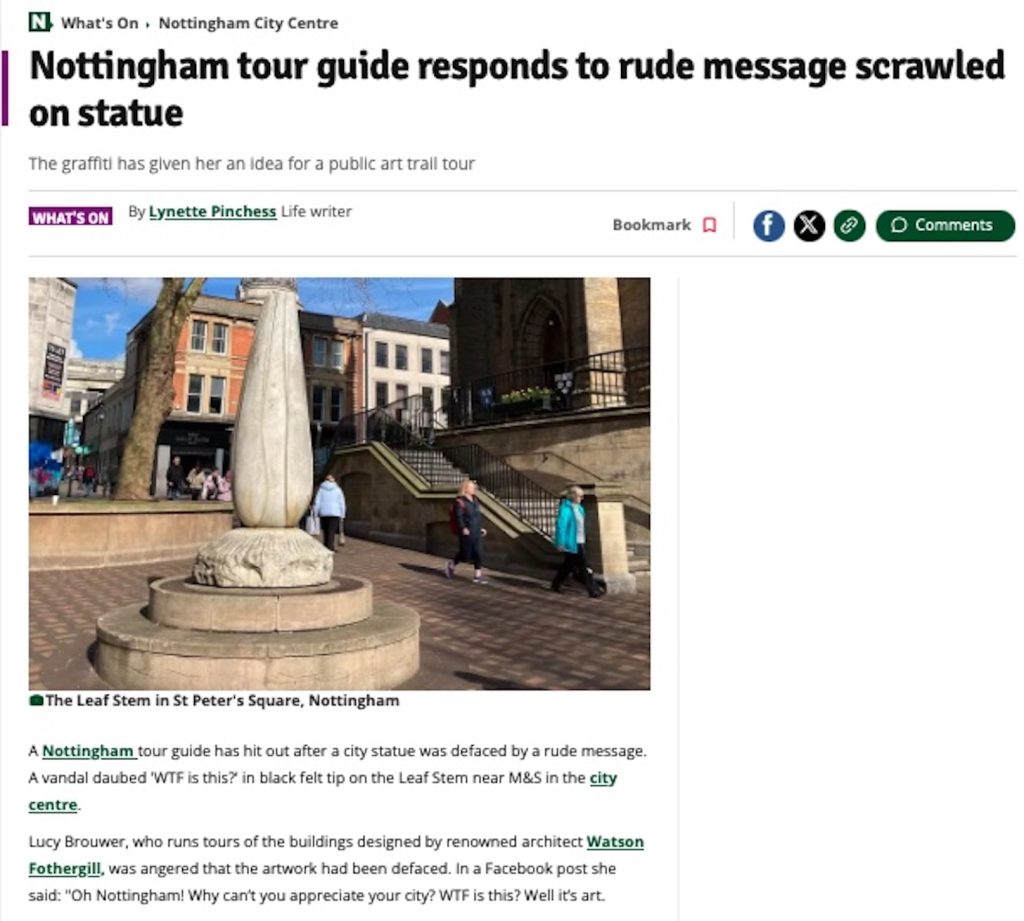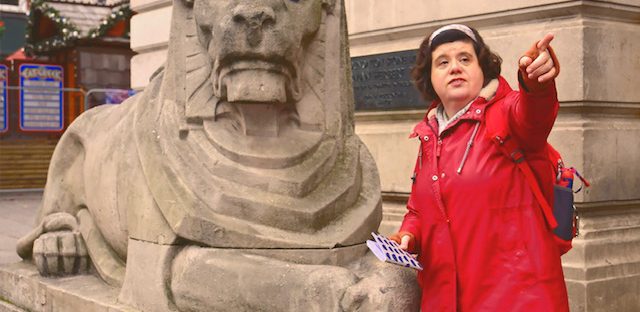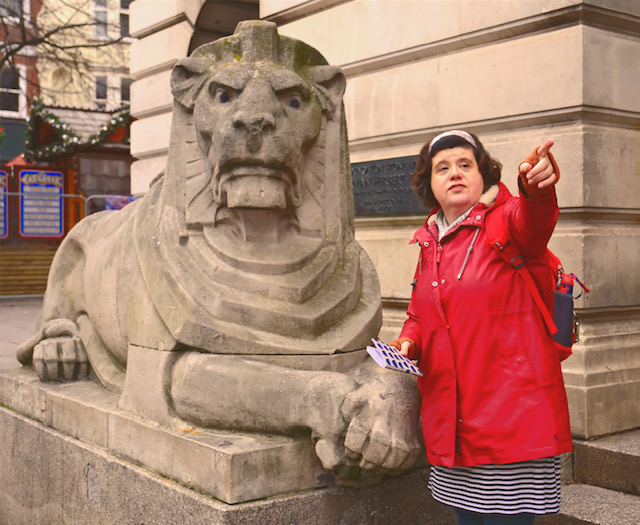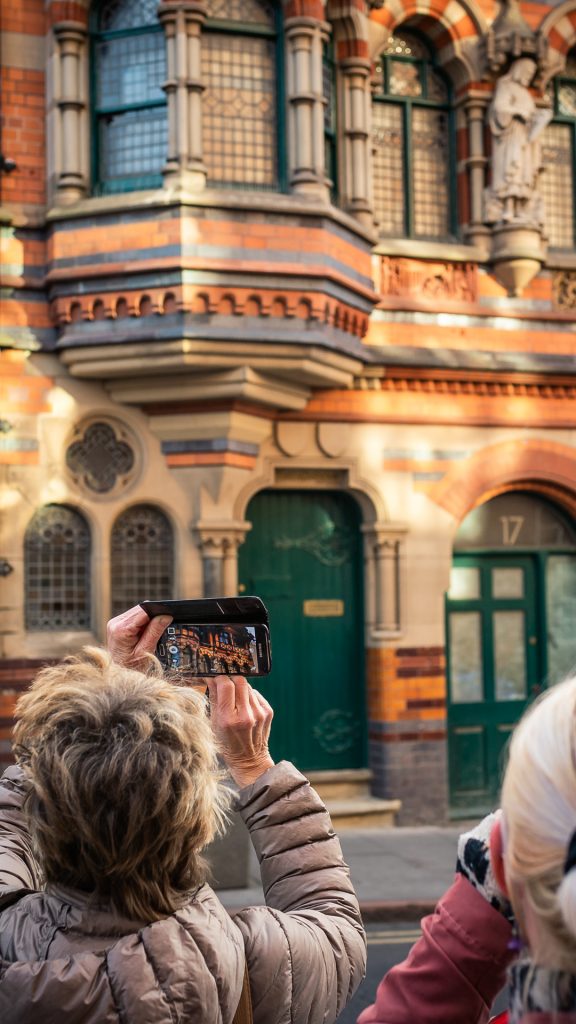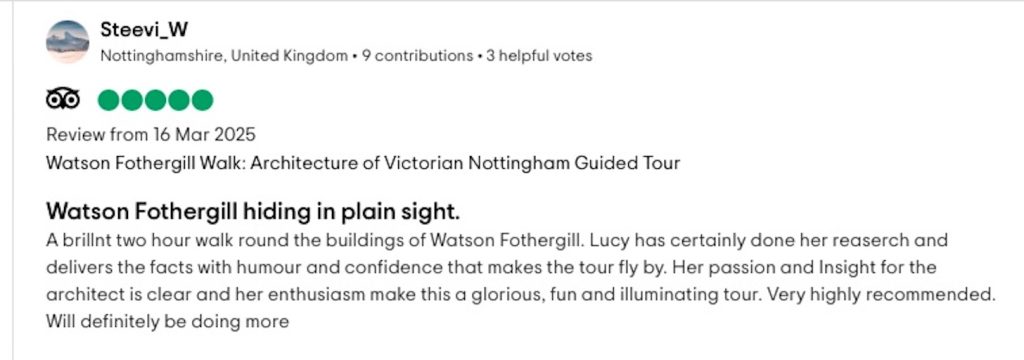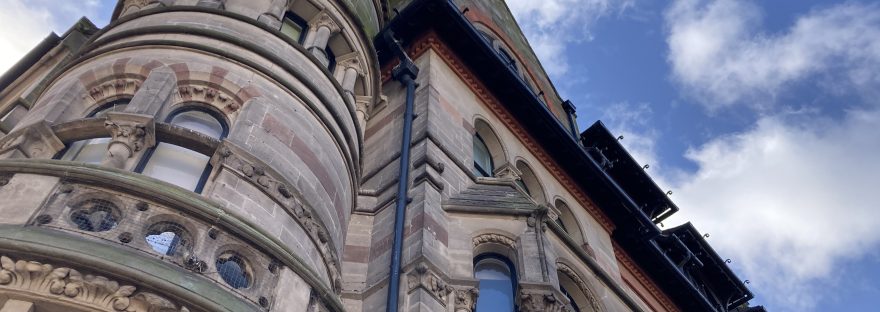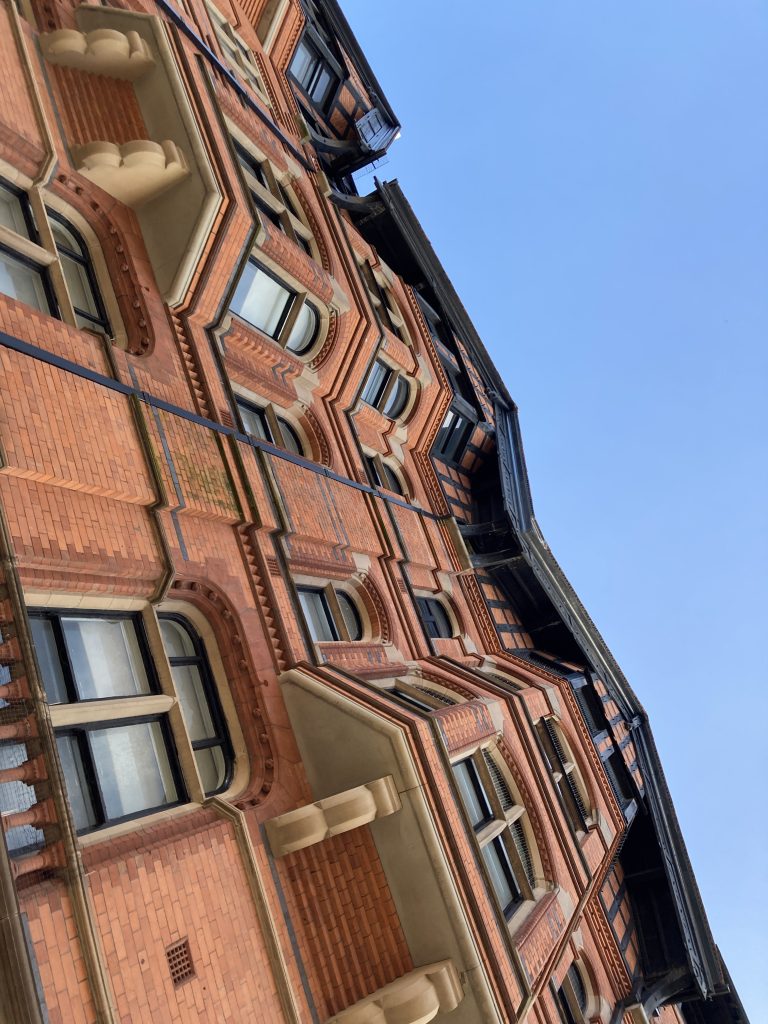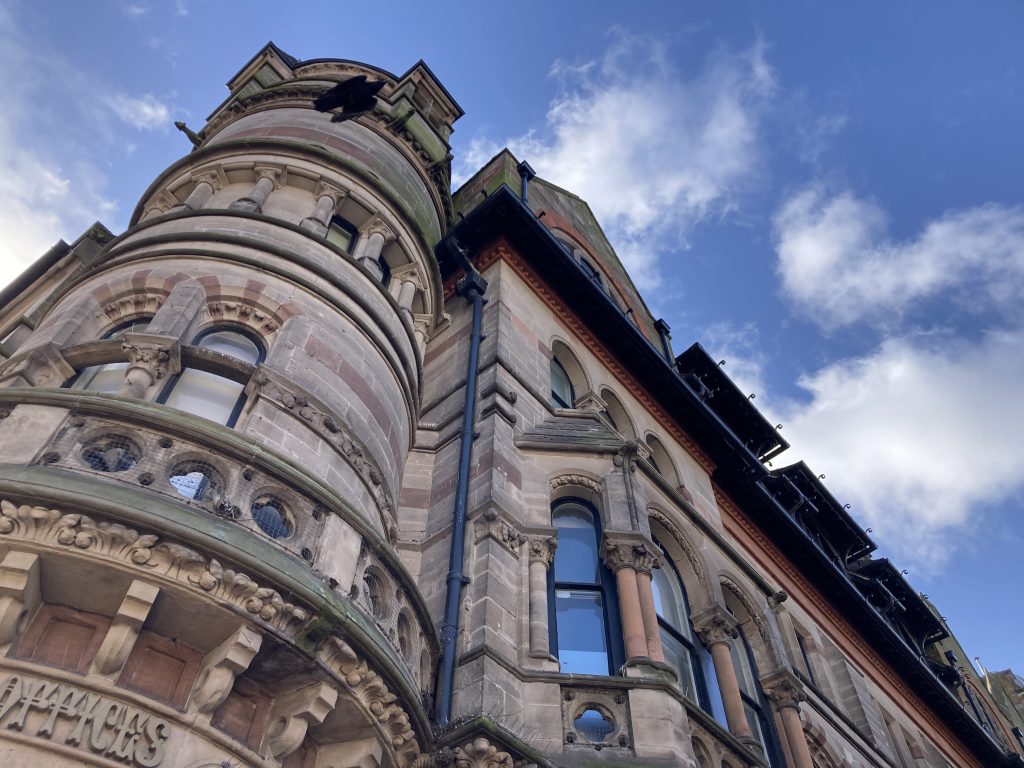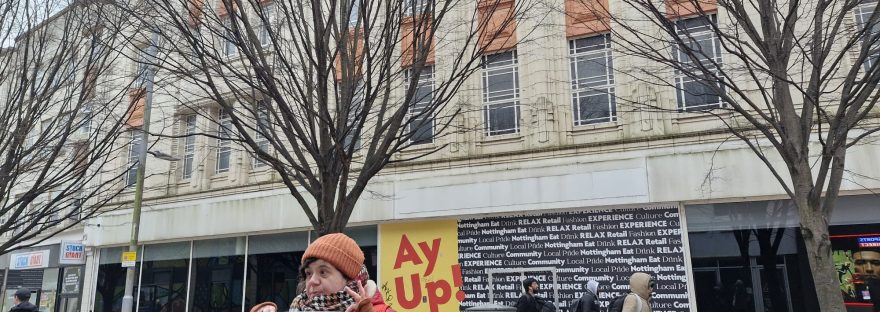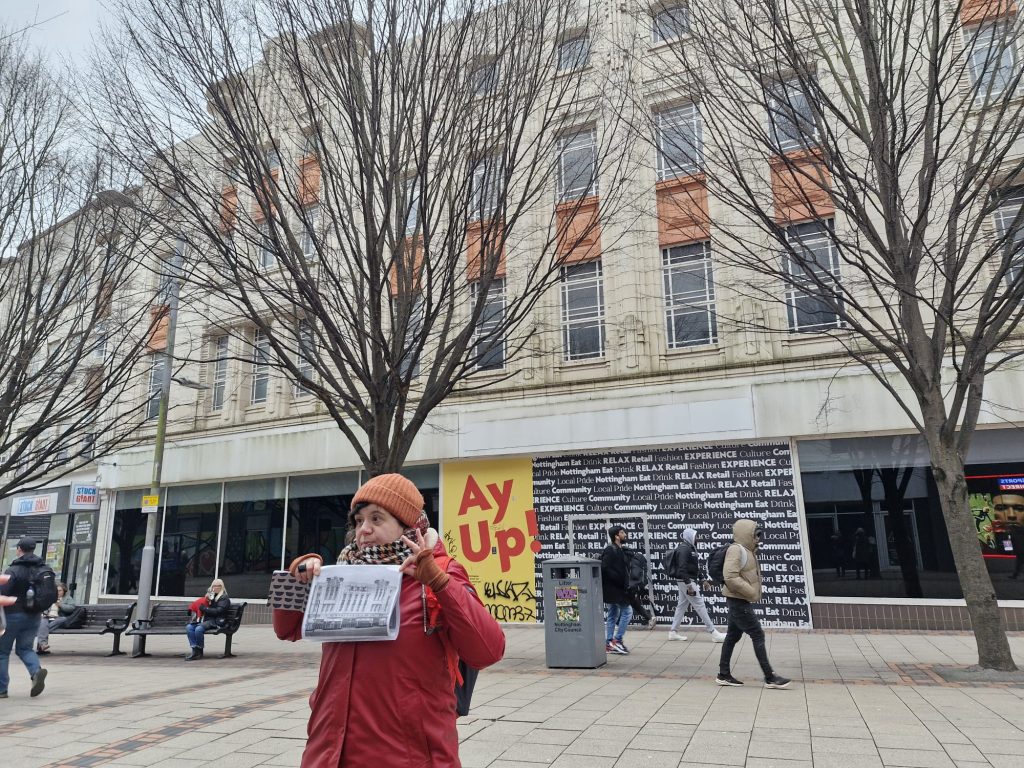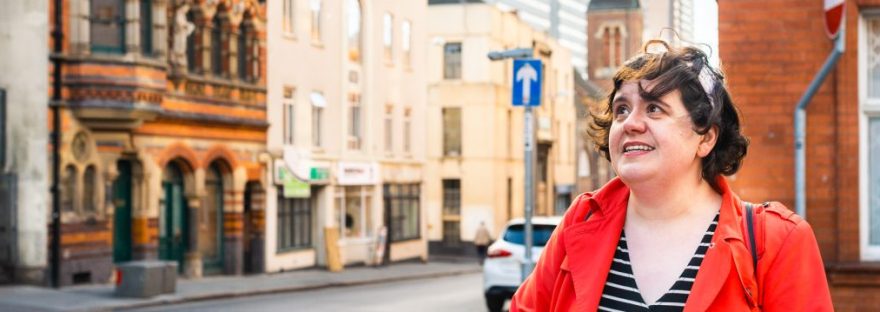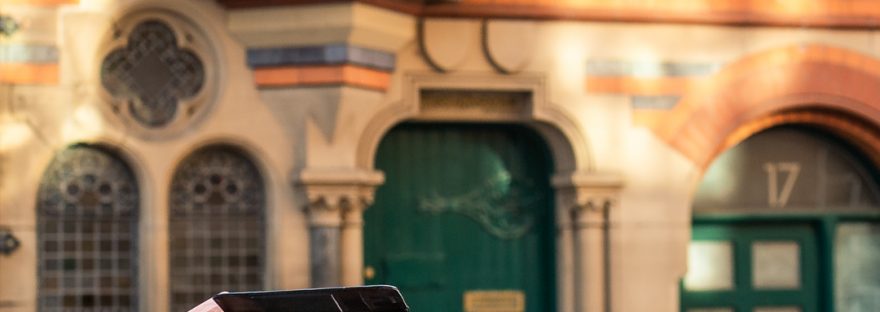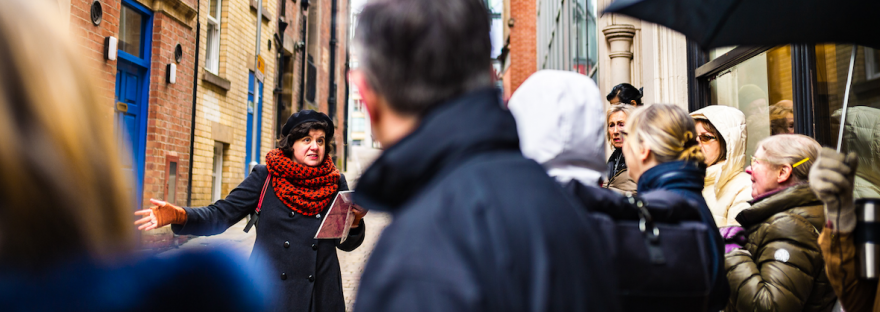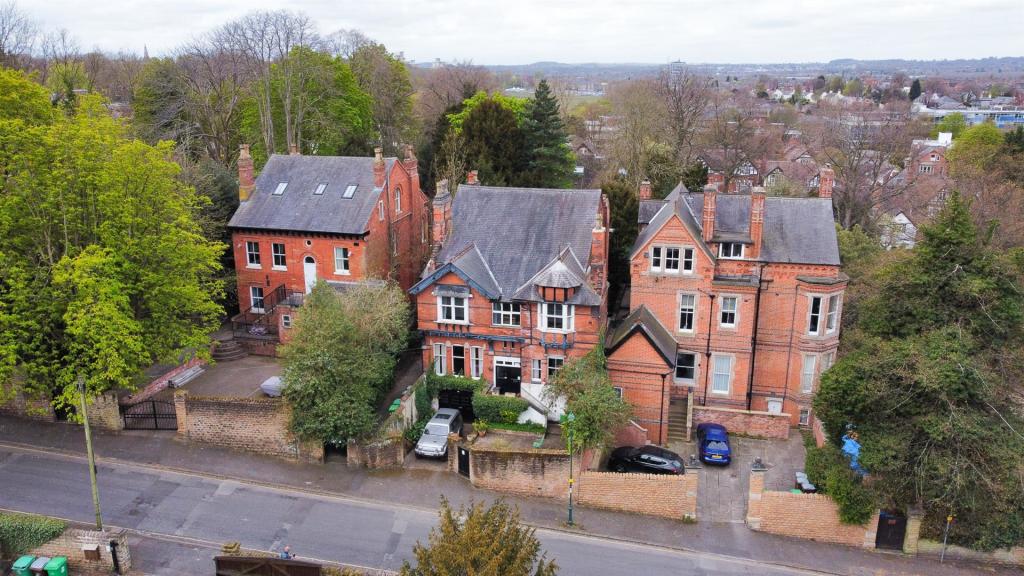The return of Deco in the Details and another chance to do The Carrington Crawl
Dates coming up in May & June 2025
There is still some availability for Watson Fothergill Walk on 25 May, 10 am. (It starts early so we can enjoy Nottingham while it is slightly quieter than later on in the day – it’s worth getting up for!)
Deco in the Details
I’m trying out an evening version of Deco in the Details parts 1 & 2 – these tours look for traces of Art Deco in Nottingham’s architecture of the 1920s and 1930s.
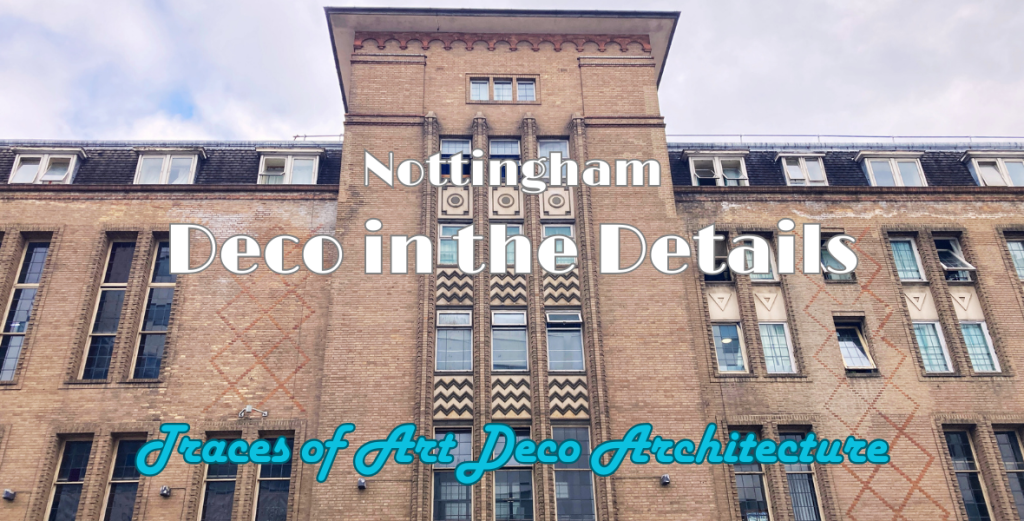
Deco in the Details Part 1, Wednesday, 28 May, 6 pm. £20 each includes booking fees.
This is a circular walk from Nottingham’s Council House down to the Broadmarsh area and back. You can do these tours in any order – I hope to stage them again later in the year.
Deco in the Details Part 2, Wednesday, 11 June, 6 pm. £20 each includes booking fees. Date changed to 11 June.
This second part of the walk starts outside Victoria Centre and finishes at Snienton Market (where there is an opportunity to call at The Bath Inn).

The Carrington Crawl
Lawrence George Summers, Fothergill’s talented chief assistant architect, was recently commemorated with a new grave marker in the Church Cemetery.
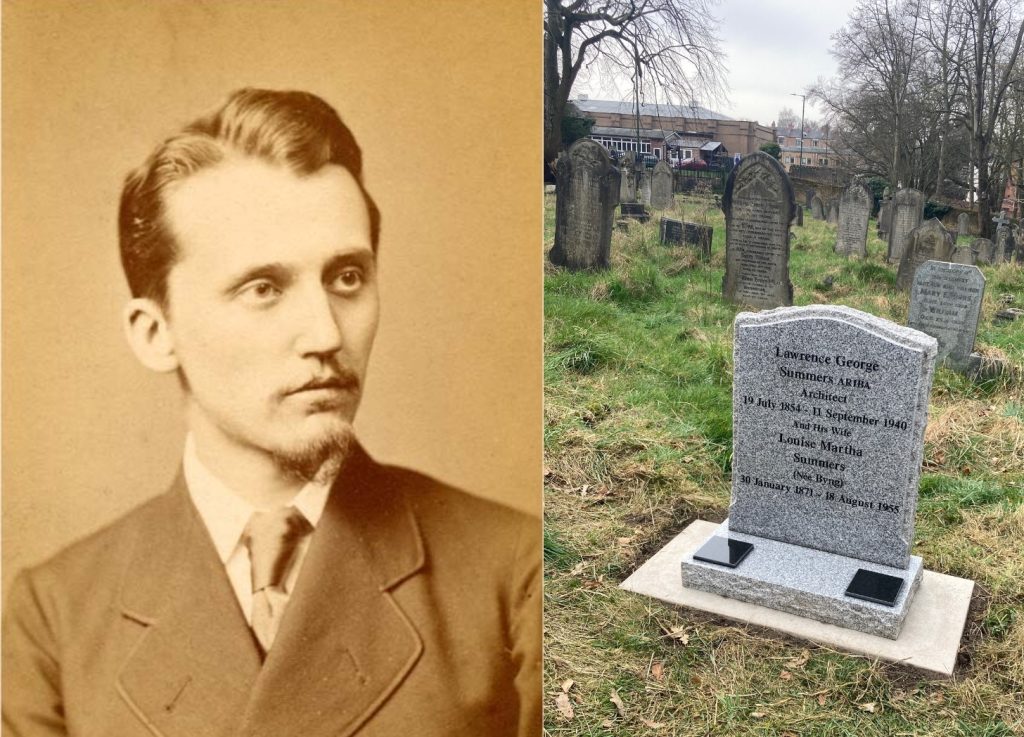
On the Carrington Crawl, I tell Summers’ story, talk about Fothergill’s family home and search for the houses they designed in Mapperley Park, Sherwood Rise and Carrington.
Carrington Crawl Saturday 7 June, 1 pm. £20 each including booking fees.
This walk starts at the junction of Mansfield Road and Mapperley Road and ends at the Carrington end of Mansfield Road with a chance to explore Clawson Lodge (now the AUGB Ukrainian Cultural Centre) where you can enjoy a hot drink (for a small donation).
Father’s Day tour
And finally, for this newsletter, a Watson Fothergill Walk for Father’s Day.
There will be a Watson Fothergill Walk finishing up at Fothergill’s gastropub where you can enjoy the special Father’s Day menu. Book in early if you’d like a table after the tour. I’ll endeavour to finish on time but book for 12.15 pm to be on the safe side! A pleasant 2-hour stroll will build up your appetite.
Watson Fothergill Walk, Sunday 15 June, 10 am tickets £20 each including booking fees.
Tickets for all these guided walks are available on EVENTBRITE
